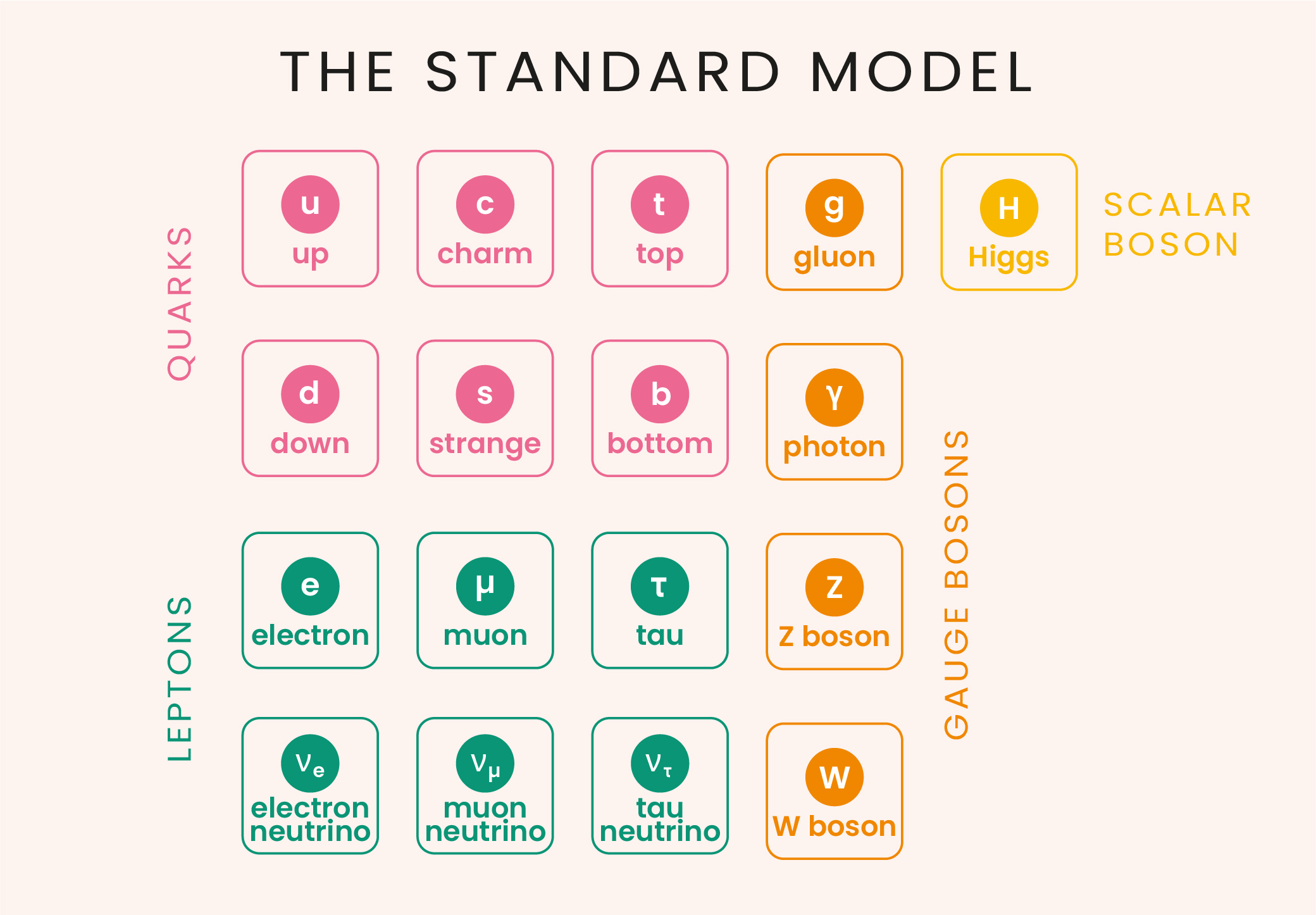
From bachelor student to entrepreneur: card game about elementary particles an unexpected hit
A Christmas present that got out of hand: that's what prompted physics student Serafine Beugelink to start her own company. Her card game about elementary particles, called Elementary, is so popular that she already has collaborations with several research organizations. ‘I hope Elementary can bridge the distance between scientists and everyone else.’

The nearly graduated undergraduate was already active as a science communicator and editor-in-chief at the online magazine for students, the Leiden Science Magazine. To this list she can now add a new profession: entrepreneur. ‘That was never the plan,’ she laughs. ‘I was looking for a physics game for my boyfriend for Christmas, but didn't find anything I liked. Then I crafted a game myself with markers and cardboard. I tested that version with colleagues and from that moment it got totally out of hand.’
The standard model of particles transformed into a game
Beugelink immediately knew the game had to be about elementary particles, because that's already pretty similar to quartet. The particles come in sets of three or four, and the single Higgs particle could serve nicely as a bonus point. Physicists at the university were immediately excited. ‘It was overwhelming to experience how much support I received. I was put in touch with the Netherlands Organization for Scientific Research and Museum Boerhaave, and the game will soon even be at the visitor shop of CERN. That's the famous particle accelerator in Switzerland, truly a dream collaboration!’

The physics of the smallest particles
Particle physics is a branch of physics that deals with the smallest particles. All things around us are made up of molecules, which in turn are made up of atoms. But even those atoms are made up of even smaller particles: the elementary particles. Those exotic-sounding particles make up the standard model. Beugelink explains: ‘The standard model is like a smaller version of the periodic table. It contains 17 types of particles and with these you can build the entire universe.’
Finding joy in physics
Beugelink calls the game passively educational: the focus is on entertainment, not education. ‘During my studies, I noticed that there is quite a lot of distance between scientists and non-scientists. Physics often deters, while I want to share how beautiful my profession is,’ she says. ‘That's why I think it's important that people who play Elementary have a positive experience with physics. Something physics-related doesn't always have to be educational, it can also just be fun. You shouldn't underestimate the power of that.’
Yet she was not immediately eager to produce the game herself instead of working with a publisher, Beugelink says. ‘A professor encouraged me and even offered financial support. I didn't take up his offer, but it was the push I needed.’ And that starting a business during your studies is not easy is clear. ‘I had the deadline for my thesis, the registration with the Chamber of Commerce and the order of the prototypes in the same week,’ she says, shaking her head. ‘But it's incredibly fun and I'm very curious to see how this adventure continues.’
